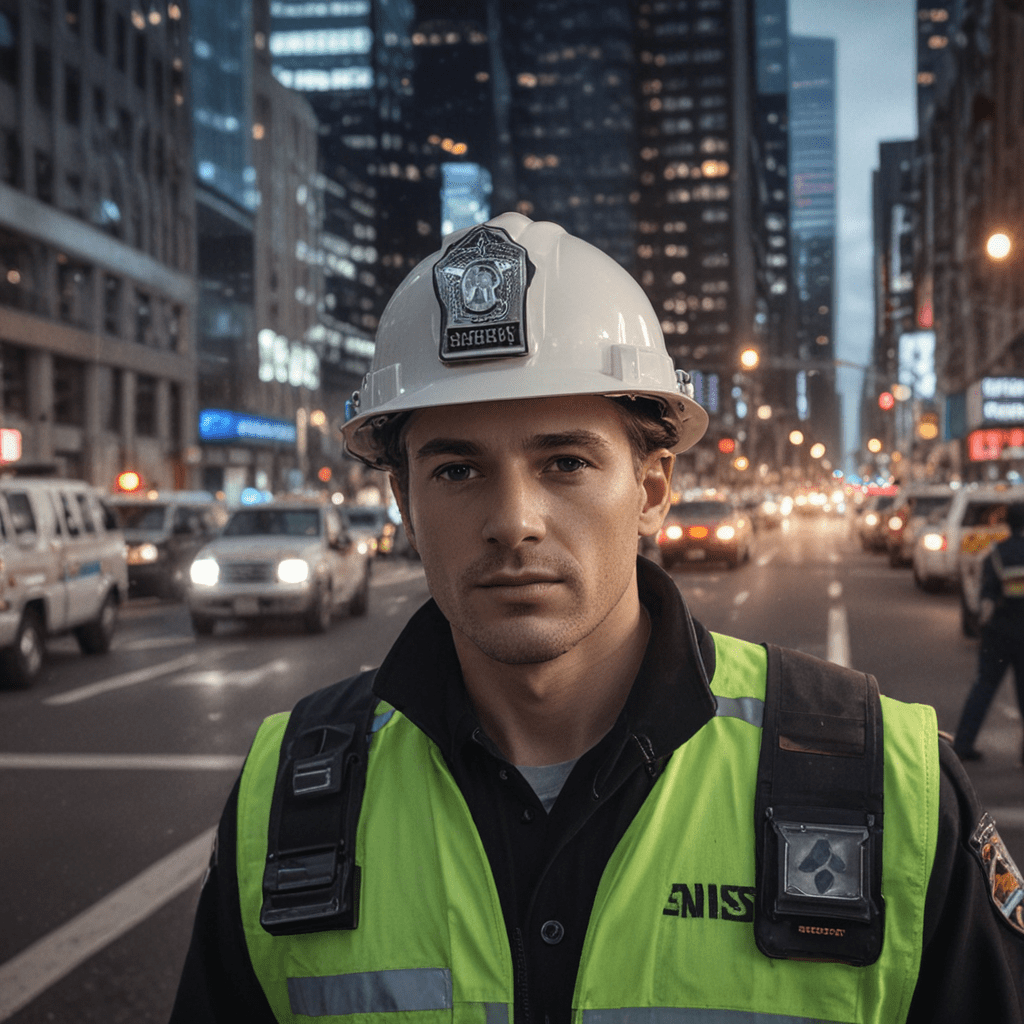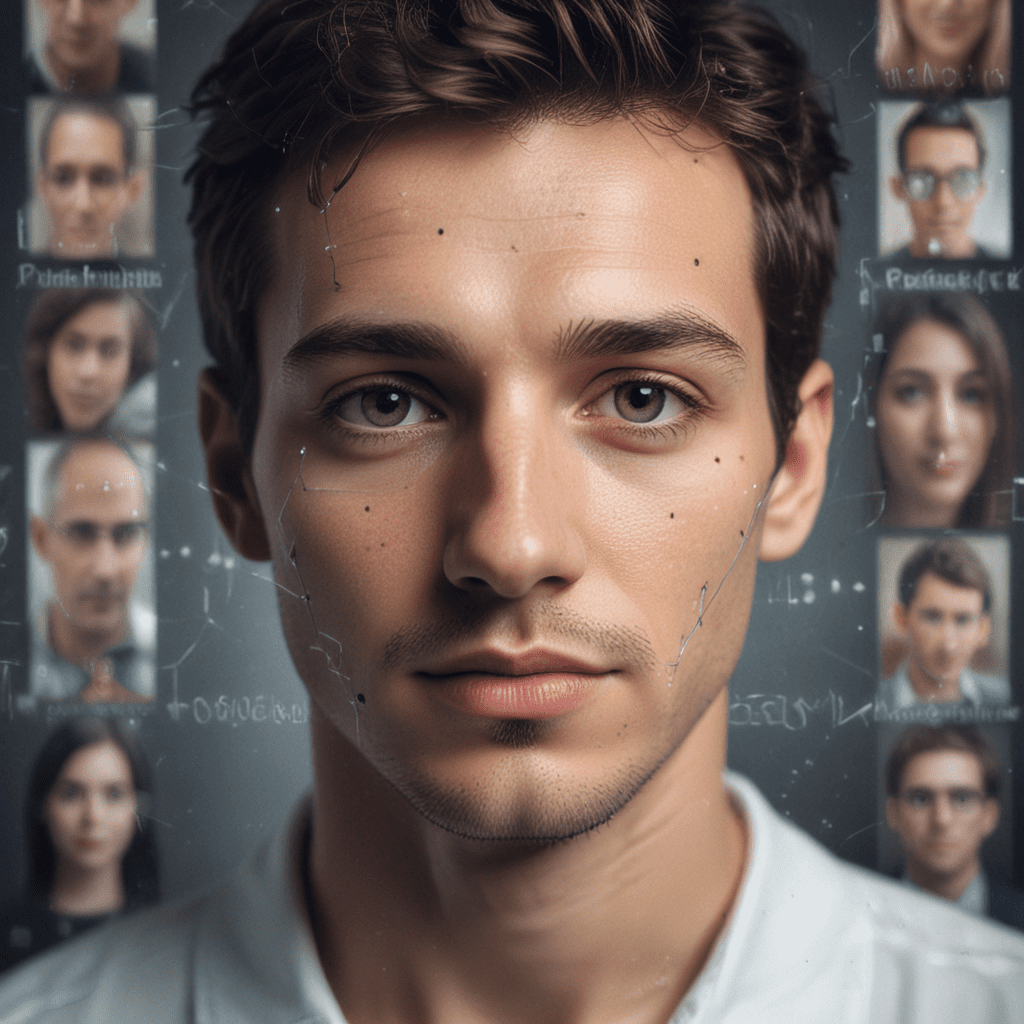Facial Recognition in Public Safety: Improving Emergency Response Times
Introduction: Facial Recognition in Public Safety
Facial recognition technology is revolutionizing public safety by enhancing emergency response efficiency. By leveraging advanced algorithms, facial recognition systems can rapidly identify individuals in real-time, enabling first responders to locate missing persons, apprehend suspects, and provide timely aid to victims.
Benefits of Facial Recognition for Emergency Response
The integration of facial recognition in public safety offers numerous advantages:
- Faster Response Times: Systems can search vast databases of images to identify individuals within seconds, reducing the time it takes to locate missing persons or apprehend suspects.
- Increased Accuracy: Facial recognition eliminates human error and biases associated with visual identification, leading to more accurate and reliable results.
- Enhanced Situation Awareness: Real-time facial recognition allows first responders to identify potential threats or persons of interest, enhancing situational awareness and improving safety.
- Improved Communication: Facial recognition systems facilitate information sharing among law enforcement agencies, enabling faster and more coordinated responses.
- Expanded Capabilities: Facial recognition extends the capabilities of existing security systems, such as surveillance cameras, empowering first responders with advanced identification tools.
Case Studies of Improved Response Times
Numerous case studies demonstrate the tangible benefits of facial recognition in improving emergency response times:
- In New York City, a missing 82-year-old dementia patient was located within 30 minutes using facial recognition technology.
- In London, the Metropolitan Police used facial recognition to identify a suspect involved in a robbery within 24 hours of the incident.
- In Los Angeles, the city's facial recognition system helped apprehend a fugitive who had evaded capture for over a year.
Privacy and Ethical Considerations
While facial recognition offers significant benefits, privacy and ethical concerns must be addressed:
- Data Security: Facial recognition systems require extensive personal data, raising concerns about data breaches and misuse.
- Bias: Algorithms may exhibit bias based on factors such as race or gender, leading to potential discrimination.
- Transparency: Clear guidelines and regulations are necessary to ensure transparency and accountability in the use of facial recognition technology.
6. Role of Artificial Intelligence in Facial Recognition
Facial recognition technology heavily relies on artificial intelligence (AI) to analyze facial features and match them against databases. AI algorithms can identify unique patterns and characteristics in faces, allowing for accurate and efficient identification.
7. Best Practices for Implementing Facial Recognition in Public Safety
To ensure effective and ethical implementation of facial recognition in public safety, several best practices should be followed:
- Establish clear policies and guidelines for data collection, storage, and usage.
- Implement robust security measures to protect personal data from unauthorized access.
- Conduct regular audits and reviews to ensure compliance and address potential biases.
- Provide transparency and accountability through public disclosure of the technology's use.
8. Emerging Trends and Advancements
The field of facial recognition is constantly evolving, with new advancements emerging:
- AI-powered deep learning: Deep learning algorithms are improving the accuracy and speed of facial recognition systems.
- Cloud-based deployment: Facial recognition is becoming more accessible through cloud-based solutions, reducing the need for on-premise infrastructure.
- Integration with other technologies: Facial recognition is being integrated with other technologies, such as body-worn cameras and artificial intelligence assistants.
9. Legal Implications and Law Enforcement Concerns
The use of facial recognition in public safety raises legal and ethical concerns:
- Privacy laws: Implementations must comply with privacy laws and regulations to protect individuals' rights.
- Potential for abuse: Facial recognition technology could be misused for surveillance or discrimination, necessitating responsible usage.
- Due process: Law enforcement agencies must adhere to Fourth Amendment requirements to prevent unwarranted searches and seizures using facial recognition.
10. Conclusion: The Impact of Facial Recognition on Emergency Response Efficiency
Facial recognition is transforming emergency response by reducing response times, increasing accuracy, and expanding capabilities. By balancing the benefits with privacy and ethical considerations, law enforcement agencies can leverage this technology to improve public safety and enhance community trust.
FAQ
Q: Is facial recognition technology accurate?
A: Facial recognition systems have high accuracy rates, with continuous advancements in AI algorithms improving their performance.
Q: What are the privacy concerns associated with facial recognition?
A: Concerns include data security, potential biases, and the risk of misuse for surveillance or discrimination.
Q: How can facial recognition be used ethically in public safety?
A: Implementing clear policies, data protection measures, and regular audits ensure ethical use while protecting individuals' privacy.



